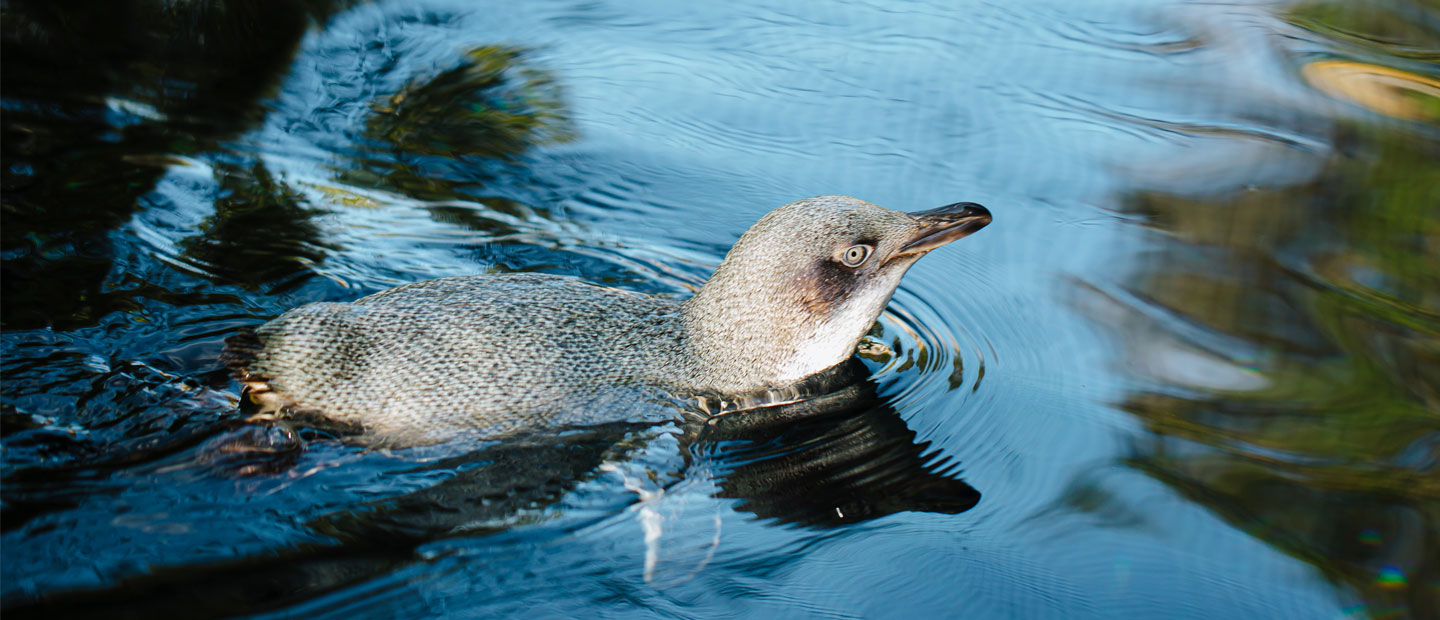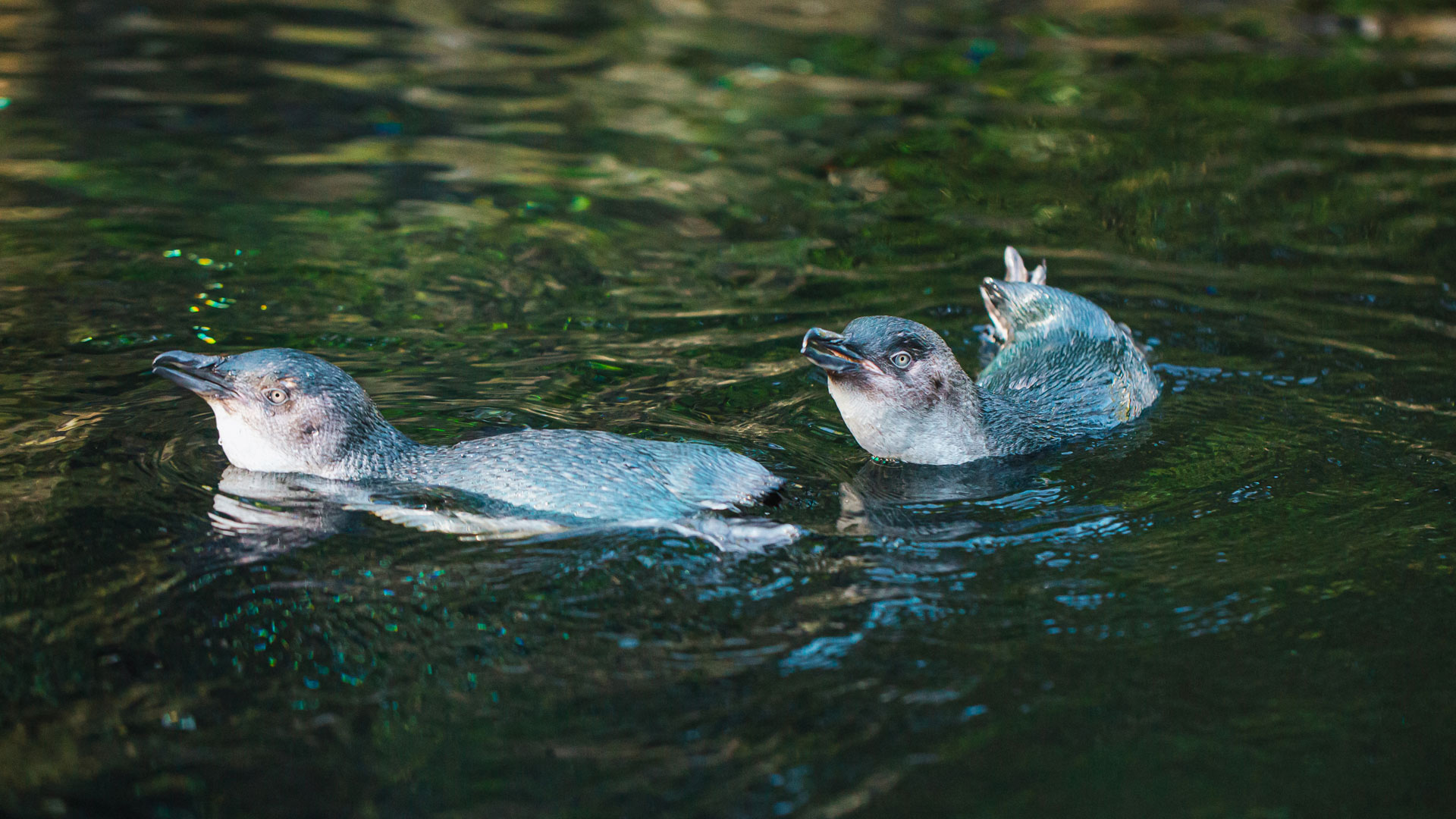Endemic to Aotearoa, the hoiho is one of the world’s rarest penguin species. This nationally-endangered penguin sparked intrigue and concern for Dr. Stefan Saverimuttu after ‘mass die-off’ events coincided with a mainland population decrease of 65% in the last 20 years.
Hoiho, more commonly known as the yellow-eyed penguin, and kororā (little penguin) face a similar range of threats, from predators; human disturbance; habitat and marine degradation; and disease. Current technologies are lacking in their capability to leverage current data and look for broad trends – a problem described by Stefan as a ‘global issue’. In collaboration with Murdoch University, Massey University, and Auckland Zoo, Stefan is creating a computer program that can easily leverage modern databases to describe broad trends and help conservationists understand the current and most imminent problems facing our native wildlife – starting with our endemic penguin species.
Every native species that dies in New Zealand gets a post-mortem (where possible) with the results uploaded into a database managed by Wildbase Pathology at Massey University. As Stefan points out, there is a tremendous amount of effort going into collecting, maintaining and collating this data, which is incredibly useful for looking up individual cases. Where Stefan sees further opportunity is in using this valuable data to create a tool that can further assist national conservation efforts.
Whilst the research project started out as a post-mortem review of penguin species to broadly gage morbidity trends and understand prominent diseases in hoiho like diphtheritic stomatitis, COVID-19 restrictions created extra challenges when it came to visiting laboratories. This led Stefan to explore a fresh angle for this research project: the ability to utilise pre-existing databases to build a computer program that can read the data and illustrate broad die-off trends. The importance of being able to access these trends quickly, especially in a country where many of our native species are in decline, is unparalleled.





